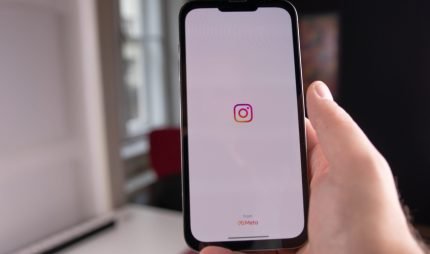This blog has variously highlighted the benefits of an internet marketing strategy in which one firm handles multiple online services. These services mainly consist of website design, search engine optimization, social media management, and the buying of targeted ads through third-parties like Google.
I’ve typically described coordination among these services as an “integrated strategy.” But there’s another term that could apply, and it’s one that has been used a lot by people who think deeply about best marketing practices. By encouraging one firm to focus on serving each area of your internet marketing strategy, you increase your own odds of taking advantage of “full-funnel marketing.”
The “purchase” funnel refers to the entire experience that a consumer has as he or she is channeled through marketing communications and brand awareness toward the point of actual purchase. The traditional description of that funnel starts with awareness of the product as the widest point in the funnel, then leads through “interest” and “desire” to action.
But as internet marketing has become a vitally important part of any company’s overall marketing plan, the concept of the purchase funnel has broadened somewhat. Traffic sources are now the starting point for the “conversion funnel,” and they effectively turn a simple, one-directional pathway into multiple funnels that converge into one.
Furthermore, when internet marketing agencies fully utilize the conversion funnel, they focus part of that strategy on an additional stage beyond the lowermost point. “Re-engagement paths” comprise things like direct marketing via e-mail, which targets people who have engaged with an e-commerce site in the past but have not necessarily bought anything.
In this way, the conversion funnel serves to minimize the number of consumers who are lost to the funnel completely as they make their way down. But the owner of an e-commerce website can only be truly confident in this outcome if the internet marketing professionals who are responsible for re-capture are also familiar with the overall structure of the funnel.
In the era of internet marketing, that structure necessarily involves all of the above-mentioned web services. Search engine optimization, social media outreach, and targeted advertising all represent different traffic sources leading into the “awareness” stage. The design of the associated website then becomes important for sparking interest, while things like ongoing social media activity and blogging help to shape each consumer’s desire for whatever the site is selling.
As the landscape of the web becomes more complicated and more competitive, it becomes more and more important for all of these elements to work together seamlessly. If you think of internet marketing as multiple funnels converging, then you can easily imagine how many leads would be lost if one of those traffic source funnels pointed in a different direction than all the others. It would set one part of a target audience up for an experience that the rest of the marketing strategy doesn’t deliver upon, and that would almost certainly prompt people to click away.



